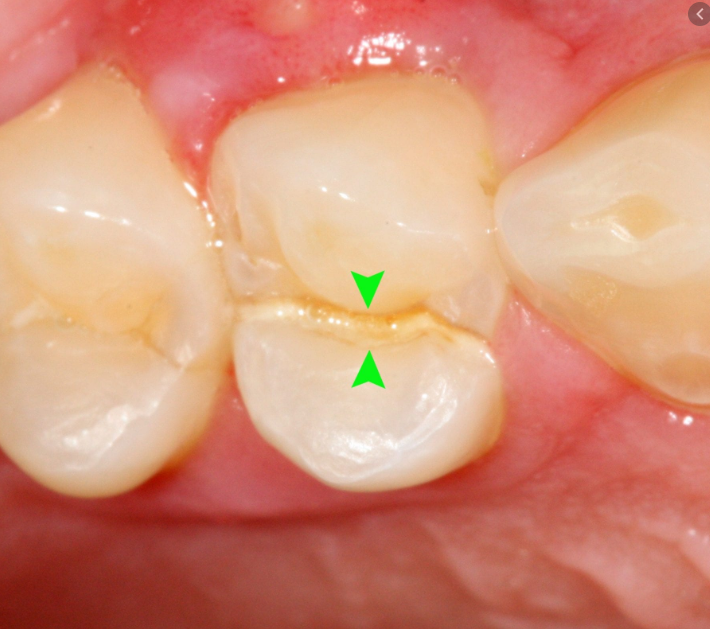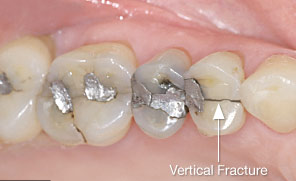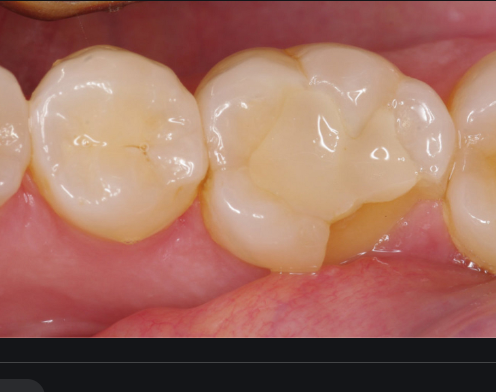Grinding
Do you have cracked teeth?
Have you noticed sudden pain when you bite down? Or have you experienced pain that comes and goes that seems hard to pin point? You could be having a “cracked tooth” pain. Cracked tooth can have crack that penetrates through the underlying dentin layer and reaches into the pulp. Since the dental pulp houses the nerve, you can experience sensitivity to pain depends on the location and severity of the crack.
What to look for?
You might have pain biting down
You might have pain once your bite is released.
You might have sensitivity to hot and cold.
You might feel that there’s floss or food stuck in your tooth and you can’t get it out.
You might have cracks that your tongue can feel.



